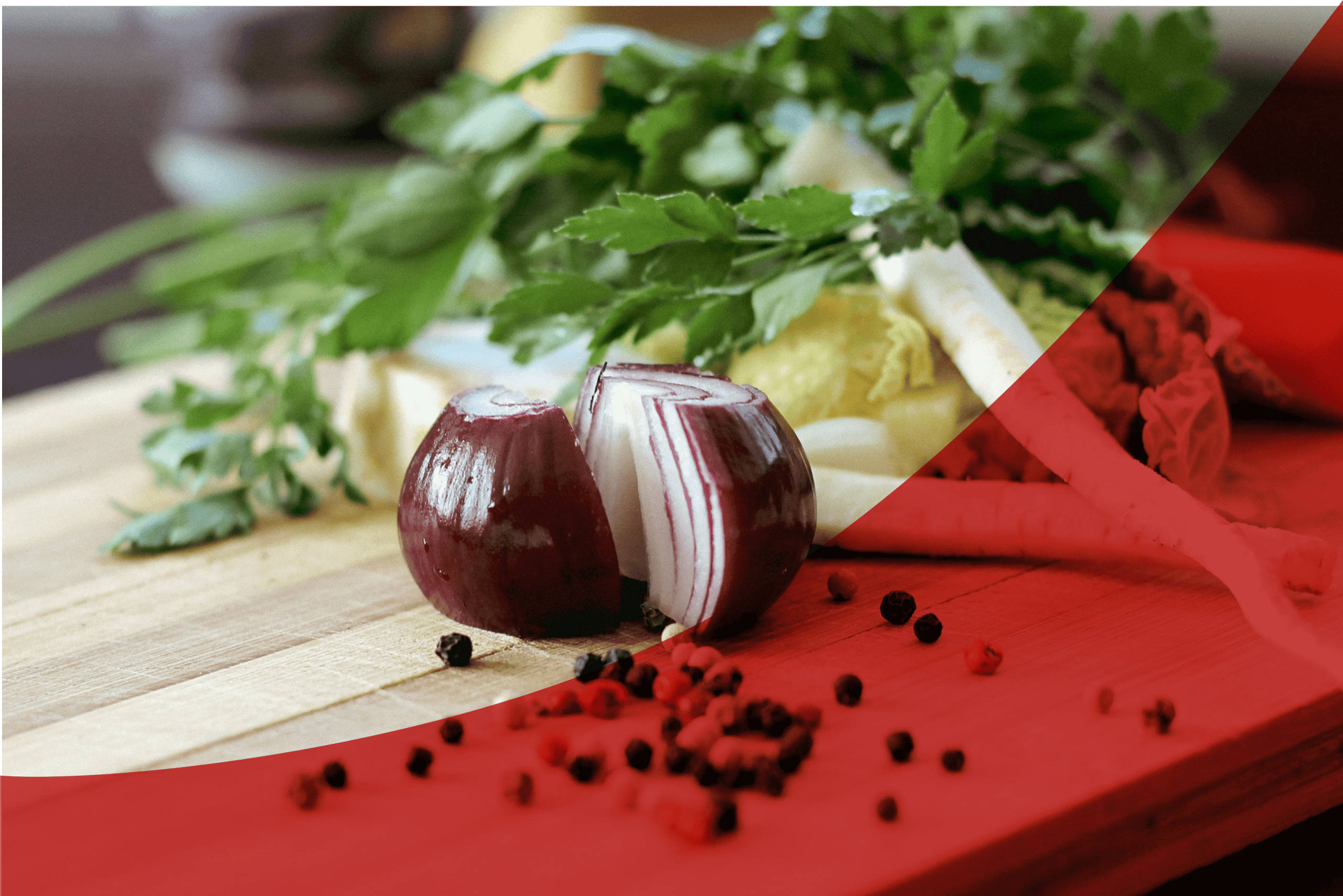Online grocery penetration in UAE+KSA is expected to reach to 2.25% by 2022 from current 0.4%, growing at CAGR of 65%
Published on: Jan 2019
RedSeer estimate the online grocery market to grow at CAGR of 65%+ to reach size of USD 1.8+ Bn by 2022, from current USD 240 Mn for the combined market of UAE+KSA. This growth will be driven by improved supply in the form of investments, partnership among the players and emergence of innovative business model like omnichannel play. Increased adoption of online grocery by locals from Tier 1&2 cities will generate the volume for this channel. |


